SOURCE: RAUNAK KUNDE / NEWS BEAT / IDRW.ORG

India is set to equip its Light Tank with the Man Portable Anti-Tank Guided Missile (MPATGM), developed by the Defense Research and Development Organization (DRDO). This strategic move aims to bolster the offensive capabilities of the light tank, which is currently under development and slated for rollout later this year. The MPATGM, a low-weight and fire-and-forget missile, will significantly enhance the tank’s offensive firepower.
The indigenously developed MPATGM features a miniaturized infrared imaging seeker and advanced avionics for precise onboard control and guidance. The missile has undergone successful test trials, proving its performance and maximum range. Earlier this year, the DRDO announced its plans to develop a lighter variant of the MPATGM, reducing its weight by 10-20 per cent to ensure it is man-portable.
Continue readingSOURCE: RAUNAK KUNDE / NEWS BEAT / IDRW.ORG
BrahMos Aerospace, the renowned Indo-Russian missile manufacturer, has recently confirmed the successful completion of the preliminary design phase for the next generation of BrahMos-NG missiles. Pravin Pathak, the export director of the missile producer, revealed that the shape of the BrahMos-NG missiles has been finalized, signalling that the production phase is approaching rapidly.
Pathak shared this exciting update during the International Maritime Defense Show held in St. Petersburg last week, generating significant interest and anticipation among defence enthusiasts and experts alike. The BrahMos-NG (Next Generation) missile is set to be a miniaturized version of its predecessor. Although it will offer the same range and speed capabilities as the current BrahMos missile operated by the Indian Army, it will be considerably lighter in weight.
Continue readingSOURCE: RAUNAK KUNDE / NEWS BEAT / IDRW.ORG

Hanwha Ocean, a leading global player in the field of submarine technology, has expressed its keen interest in responding to the Indian Navy’s Request for Proposal (RFP) for the construction of six diesel submarines. The company has confirmed that its offering will meet the stringent requirements set forth by the Indian Navy, including the incorporation of a fuel cell-based Air Independent Propulsion (AIP) system and cutting-edge lithium-ion battery technology, in which Hanwha Ocean is a recognized world leader.
Hanwha Ocean’s expertise in advanced submarine technology has been demonstrated through the successful deployment of the KSS-III Batch-II submarine, which boasts one of the highest underwater endurance capabilities among non-nuclear submarines. The KSS-III Batch-II submarine features an impressive fuel cell-based AIP system and a lithium-ion battery pack, showcasing Hanwha Ocean’s proficiency in these technologies.
Continue readingSOURCE: JOYDEEP GHOSH/ FOR MY TAKE / IDRW.ORG

IAF has a major freighter issue at hand. Currently, it operates 17 IL-76MDs and 11 C-17 Globemaster IIIs. According to an estimate, IAF needs a total of 36 strategic heavy freighters at least not counting the mid-air refuelers. I am not talking about the requirement for tactical freighters which is filled by 12 C-130J-30 SH (6 more on order) and 108 An-32 and in the future, 56 C-295 will be added to it. The saga of mid-air refuelers is a never-ending saga (more about it later).
Out of the 17 IL-76MD freighters bought during the Soviet era in the 1980s basically, only half the fleet is available anytime based on the serviceability, due to lack of spares. The IL-76 jets have more turnaround time than C-17 Globemaster IIIs, meaning the former requires more hours of servicing for every hour of flight than the latter. The case is somewhat similar to the 6 IL-78 mid-air refuelers purchased in 2003 and 2004 from Russia. Only the 3 Beriev A-50 variants of IL-76 (the best of all 3 variants) used for AEW&C and purchased in 2009 from Russia reportedly have a better serviceability rate.
Continue readingSOURCE: RAUNAK KUNDE / NEWS BEAT / IDRW.ORG
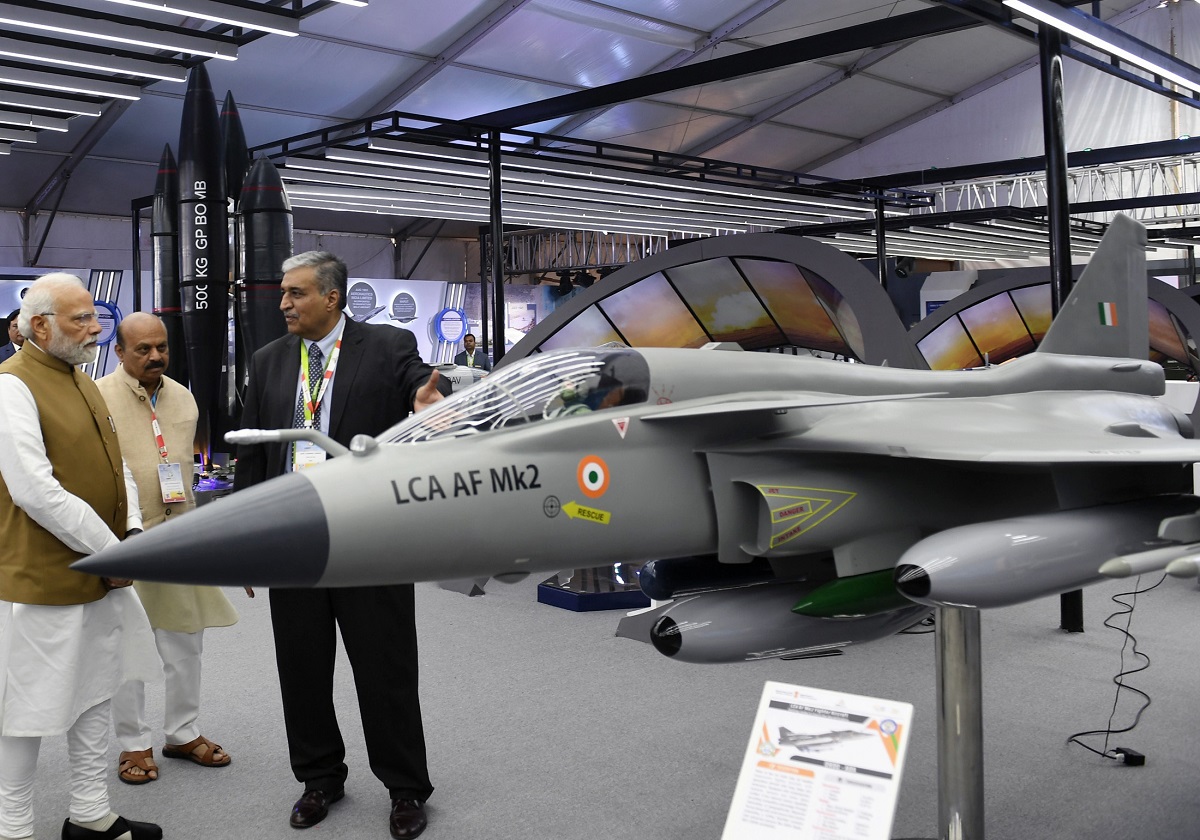
The Indian Air Force (IAF) has set its sights on acquiring 108 Tejas Mk2 fighter jets, which will be equipped with the powerful American F-414 engine generating 98kN of thrust. This initial projection is just the beginning, as the order book is expected to expand further with the development of the second improved variant of the Tejas Mk2.
The upgraded variant of the Tejas Mk2, although yet to receive an official designation, will be equipped with a brand-new engine capable of generating 110kN of thrust. This engine is being specifically designed and developed for the 5th generation Advanced Medium Combat Aircraft (AMCA) program. In addition to the enhanced engine, the improved Tejas Mk2 will also incorporate a range of other improvements.
Continue readingSOURCE: RAUNAK KUNDE / NEWS BEAT / IDRW.ORG
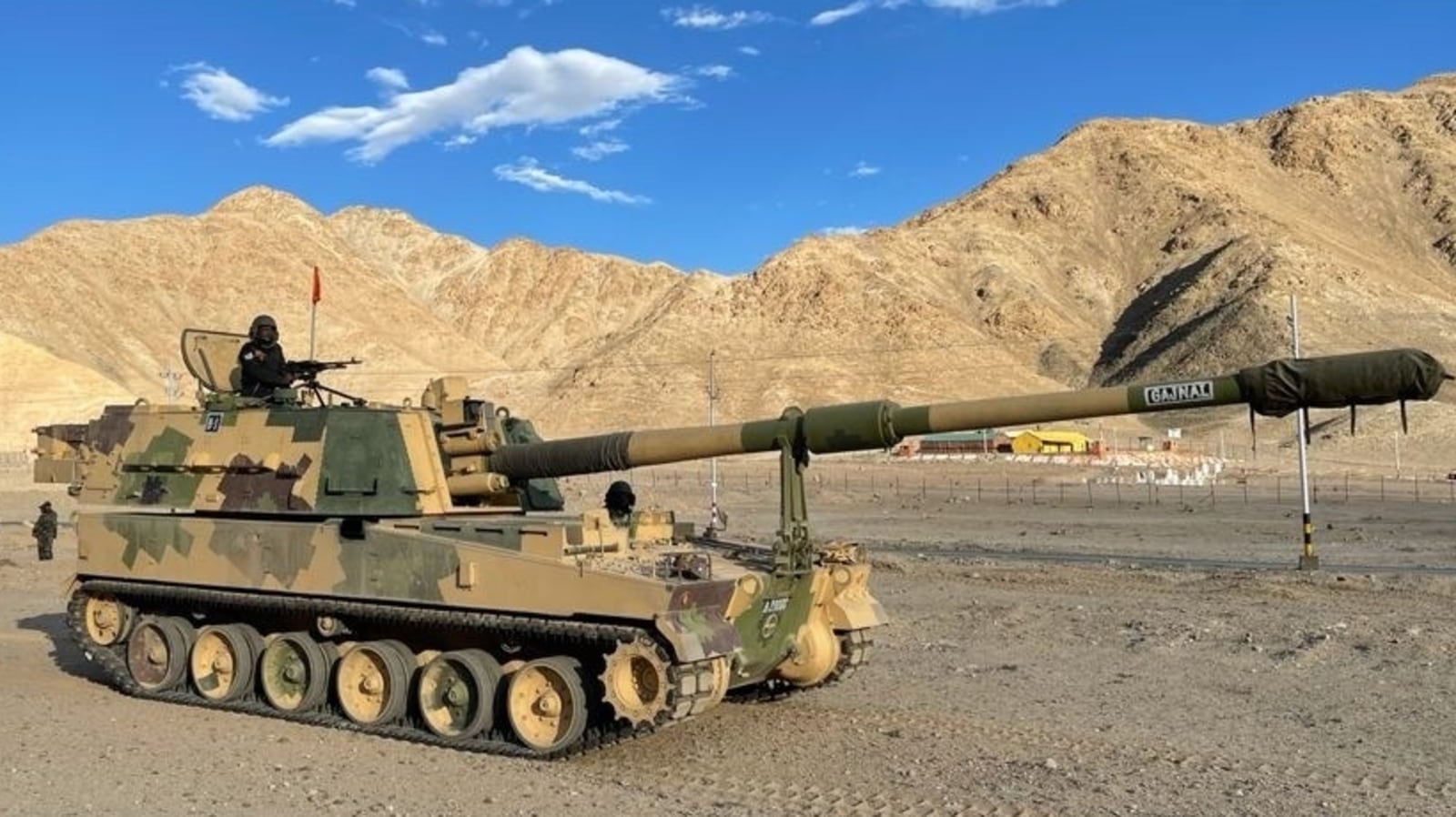
Hanwha Group’s defence division has presented its upgraded K9 Vajra Self-Propelled Howitzer (SPH) to the Indian Army, showcasing a host of new features and advancements. The South Korean company claims that the upgraded variant, known as the K9A2, is a game-changer in the field of artillery, providing novel opportunities for artillery deployment and enabling rapid shoot-and-scoot operations to enhance survivability and extend battlefield coverage.
One of the key enhancements in the K9A2 SPH is the introduction of a full-automatic turret. This advanced turret system can handle ammunition feeding, loading, and propellant charge 100% automatically. With this feature, the K9A2 is capable of firing up to 10 rounds per minute, significantly improving its rate of fire and overall operational efficiency.
Continue readingSOURCE: RAUNAK KUNDE / NEWS BEAT / IDRW.ORG
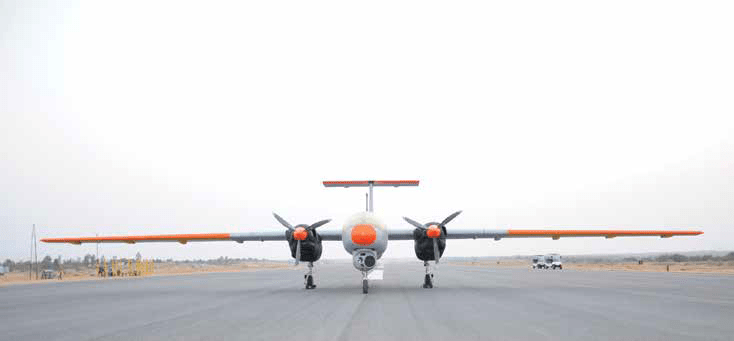
The Defence Research and Development Organisation (DRDO) has achieved a significant milestone with the completion of the 200th flight of the TAPAS (Tactical Airborne Platform for Aerial Surveillance) unmanned aerial vehicle (UAV). The TAPAS UAV was recently demonstrated to a Tri-services team at ATR Chitradurga on June 27, 2023, marking its debut before the esteemed group. The indigenous development efforts showcased in the UAV were highly appreciated by the Tri-services team, reflecting the growing recognition of India’s self-reliance in defence technology.
DRDO took to Twitter to share the news, stating, “Tri-services team appreciated the indigenous efforts for the development of UAV. TAPAS is now ready for user evaluation trials,” signifying a major step forward towards potential integration into the Indian Armed Forces. The user evaluation trials will allow the armed forces to assess the performance and capabilities of the TAPAS UAV in real-world scenarios.
Continue readingSOURCE: RAUNAK KUNDE / NEWS BEAT / IDRW.ORG

The Twin Engine Deck Based Fighter (TEDBF) program, which aims to develop a next-generation naval fighter aircraft for the Indian Navy, may face further delays as the Cabinet Committee on Security (CCS) clearance for the Advanced Medium Combat Aircraft (AMCA) 5th generation program is expected to take precedence.
The CCS clearance for the AMCA program, which focuses on the development of an indigenous 5th-generation fighter jet, is likely to be granted only by the end of this year, potentially causing a ripple effect on the TEDBF program.
Continue readingSOURCE: RAUNAK KUNDE / NEWS BEAT / IDRW.ORG

India’s Defence Research and Development Organisation (DRDO) and the Indian Air Force (IAF) have agreed to revise their approach for the development of the Next-Generation Close Combat Missile (NGCCM), potentially leading to an extended timeline for its completion. The decision was made to develop the NGCCM from scratch instead of incorporating an infrared-homing seeker onto an existing airframe, which was initially planned as a temporary solution using the Astra-Mk1 Beyond Visual Range Air-to-Air Missile (BVRAAM) airframe.
The IAF has set high expectations for the NGCCM, anticipating significant cost reductions in weapon procurement and maintenance across its fleet. By adopting a standardized Close Combat Missile (CCM) for its aircraft, the IAF aims to streamline its arsenal and enhance operational efficiency. To achieve this goal, the IAF plans to equip the MBDA-developed Advanced Short-Range Air-to-Air Missile (ASRAAM) as a common infrared (IR) missile, replacing the R-73 missiles on the Su-30MKI fleet, as well as being compatible with the Tejas Mk1A and Mk2 aircraft.
Continue readingSOURCE: RAUNAK KUNDE / NEWS BEAT / IDRW.ORG
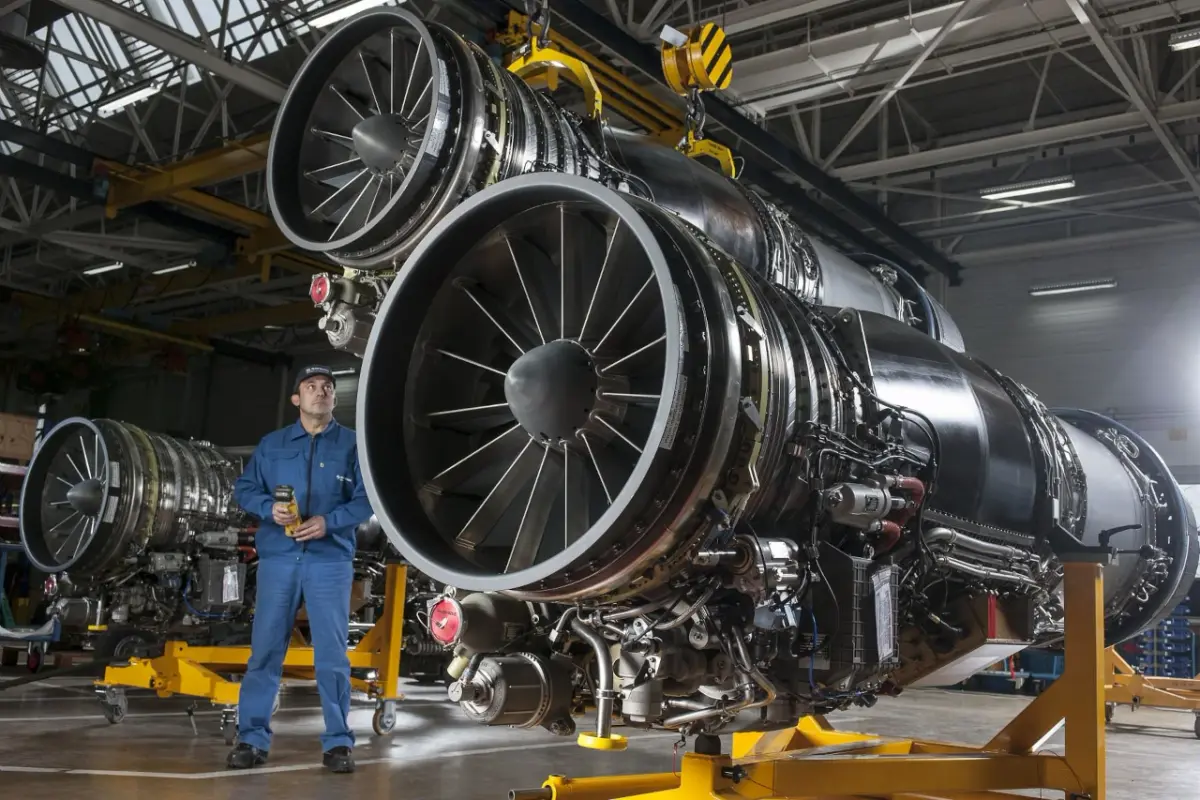
French aerospace and defence multinational company Safran, in collaboration with Hindustan Aeronautics Ltd (HAL), a state-owned aerospace heavyweight in India, is actively seeking a partnership with a private Indian aerospace company specializing in the manufacturing of engine components, particularly combustors for the development of new high thrust engines for India’s AMCA program if India chooses to partner with them.
Safran and HAL had previously signed a Memorandum of Understanding (MoU) in the previous year to initiate the joint development of this high-thrust engine. The co-development process is expected to involve Safran, the Gas Turbine Research Establishment (GTRE), and a private Indian aerospace company. The engine’s production will be overseen by a joint venture plant between Safran and HAL located in Bangalore.
Continue readingSOURCE: RAUNAK KUNDE / NEWS BEAT / IDRW.ORG
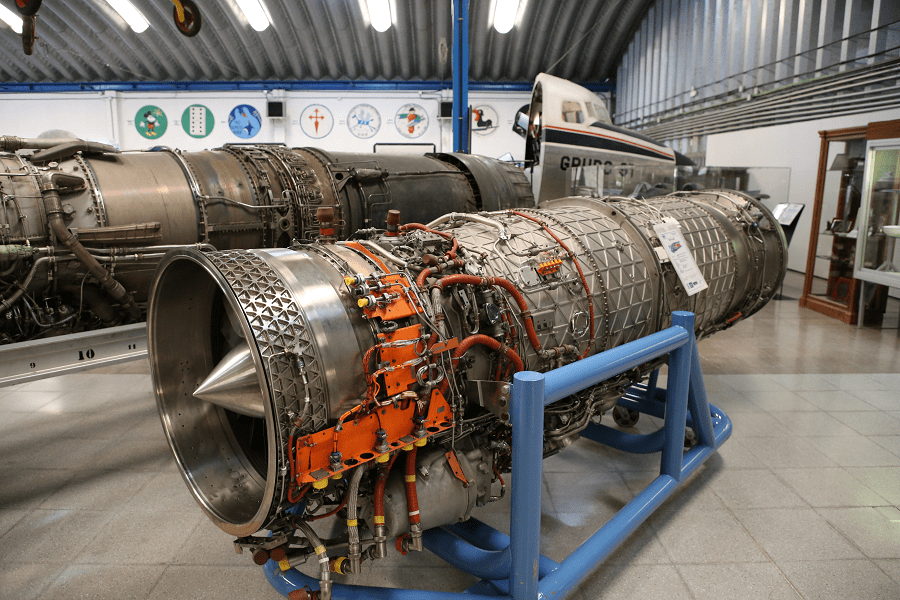
According to recent reports from Times Now, French aerospace engine manufacturer Safran is emerging as a potential supplier for a new engine in India’s 5th generation Advanced Medium Combat Aircraft (AMCA) program. Safran has expressed its intention to offer full Transfer of Technology (ToT) for the co-developed engine, with no restrictions on sensitive issues.
Sources familiar with the matter have revealed idrw that India’s negotiation position has strengthened after securing an 80% ToT agreement for the F414 engines. Indian authorities are now determined to press for Intellectual Property Rights (IPR) and ToT at a level no less than 85-90% of the engine’s value in discussions with potential engine manufacturers, including Safran and Rolls Royce, who have expressed keen interest in participating in the program.
Continue readingSOURCE: RAUNAK KUNDE / NEWS BEAT / IDRW.ORG
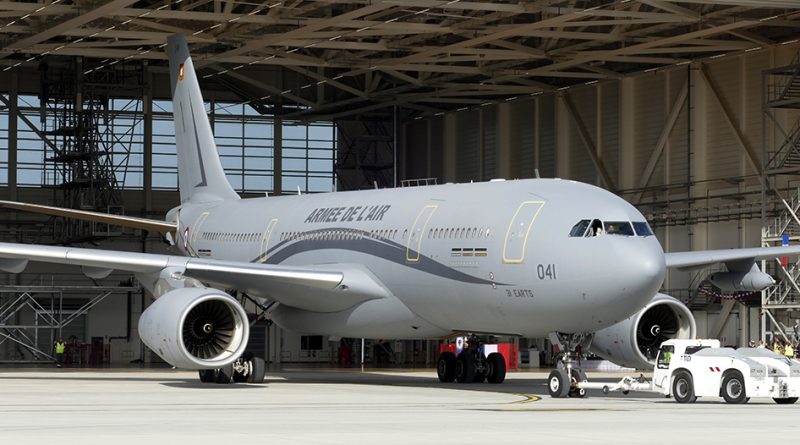
The Indian Air Force (IAF) has renewed its efforts to secure a wet lease agreement for a refuelling tanker from France, specifically Airbus A330 MRTT, to meet the growing demand for air-to-air refuelling training. This initiative aims to cover training requirements for various Indian fighter aircraft, including the Rafale, Su-30MKI, Jaguar, and Tejas.
The IAF currently faces challenges in conducting a minimum of 100 hours of monthly training due to the limitations of the IL-78-based air tankers. These tankers have been plagued by low serviceability issues, hampering training activities. To address this issue and ensure uninterrupted training, the IAF is seeking alternative solutions.
Continue readingSOURCE: RAUNAK KUNDE / NEWS BEAT / IDRW.ORG
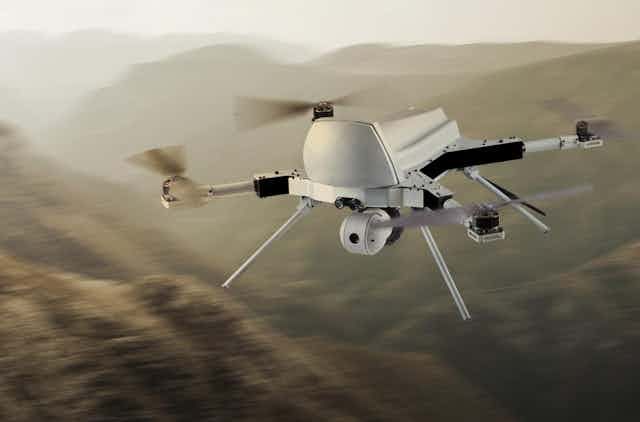
In a significant development, the United States Department of Defense and Space Force have signed their first international Cooperative Research and Development Agreement (CRADA) with Indian startup 114ai and 3rditECH. The agreement aims to collaborate with General Atomics to co-develop components using cutting-edge technologies in AI and semiconductor fields for unmanned aerial vehicles (UAVs) and drones.
This groundbreaking partnership between the US defense sector and Indian startups signifies a growing global recognition of India’s technological capabilities and the potential for collaboration in advanced fields. The CRADA provides a platform for joint research, development, and innovation, fostering an exchange of ideas and expertise between the two countries.
Continue readingSOURCE: RAUNAK KUNDE / NEWS BEAT / IDRW.ORG
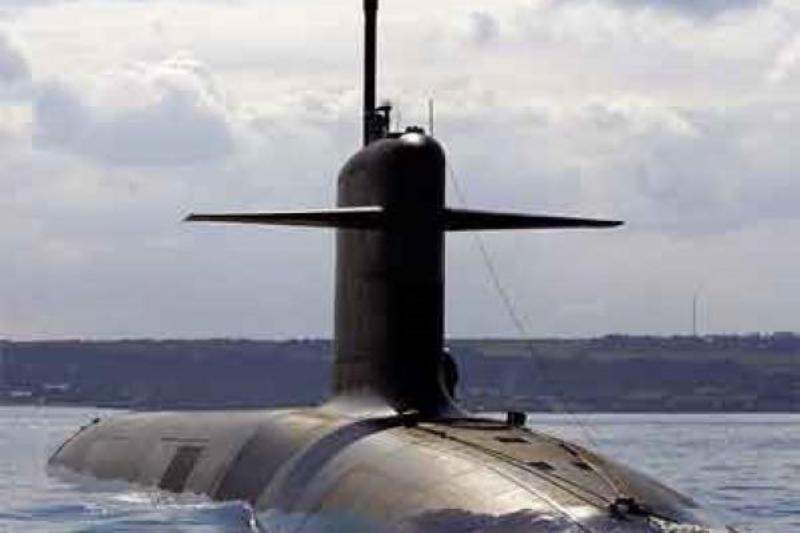
Mazagon Dock Limited (MDL), an Indian shipyard, has announced plans to integrate the DRDO (Defence Research and Development Organisation)-developed Air Independent Propulsion (AIP) system on the first Kalvari class submarine, which is scheduled for completion and refit within the next two years.
The Kalvari class submarines are based on the renowned French Scorpène class submarines, which are widely exported and operated by countries such as Brazil, Chile, and Malaysia. However, the Kalvari class submarines currently do not possess an AIP system.
Continue readingSOURCE: RAUNAK KUNDE / NEWS BEAT / IDRW.ORG
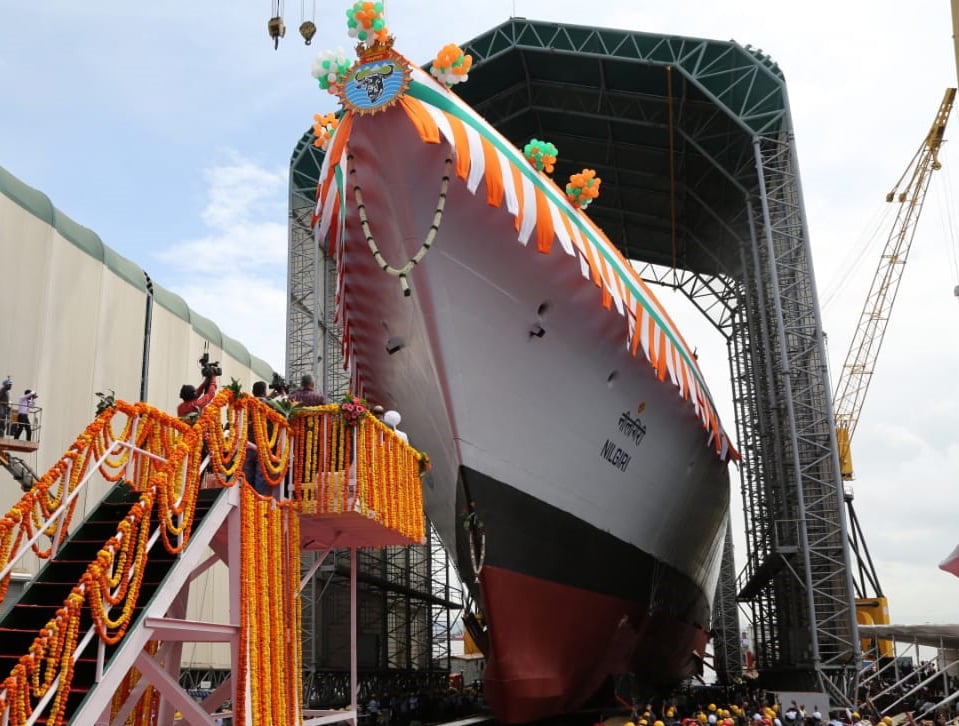
The Indian Ministry of Defence (MoD) is actively working towards establishing India as a prominent weapons exporter in the global defence sector. While the country has achieved significant success in recent years, it still holds a relatively small share of the market. In a strategic shift, the MoD is now focused on exporting weapons systems that offer higher value, including domestically-developed warships for the Indian Navy.
Recognizing the challenges posed by long delivery timelines from Indian Public Sector Undertakings (PSUs), the MoD has been encouraging private-sector shipyards to enter the shipbuilding segment, which has traditionally been dominated by government-owned companies. The ministry is keen on addressing the issue of delayed deliveries and aims to enhance the competitiveness of Indian shipyards in the tender process.
Continue reading